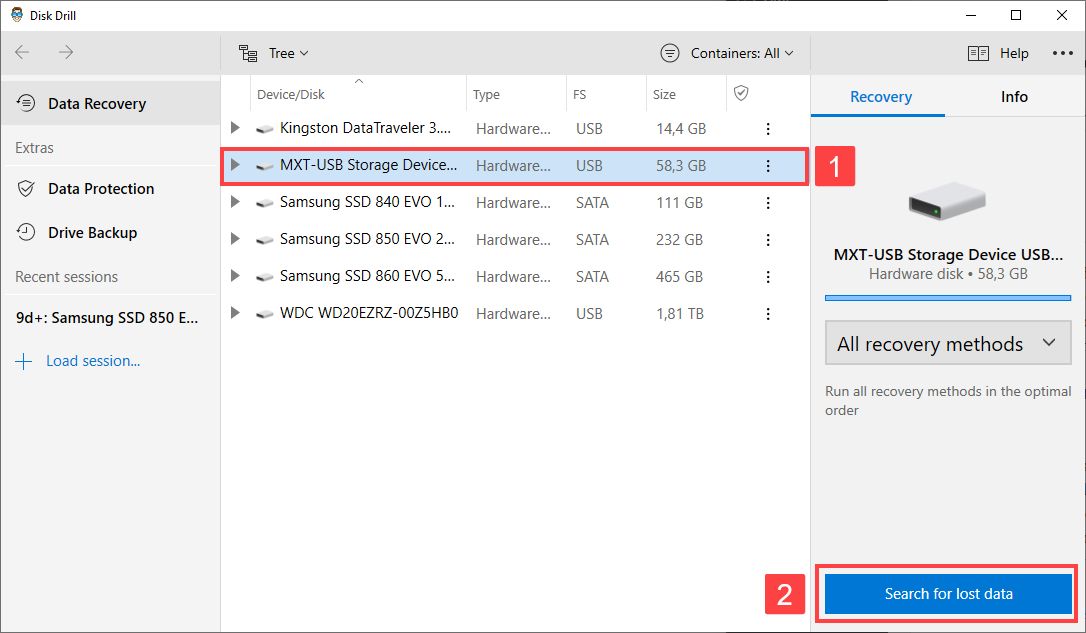

If you instead plug the drive directly into a power source (if a power supply is available for your drive,) the external drive usually mounts on its own now that it has sufficient and steady power. This error frequently occurs when the hard disk is not receiving enough power from the port. The same trick works for all types of computers, Windows or Macs, Desktops or Laptops! Power Problems When they try and plug in the USB flash drive normally, their PC’s don’t recognize the disks.īut if they gently slide them into the port in slo-mo, their drives are recognized! Go figure. Strange but true, some users found that their thumb drives work when they plug it in exceptionally slowly. Just make sure you purchase a hub that is compatible with the latest macOS and is self-powered (i.e. If that doesn’t work, replacing it (if necessary) usually fixes the problem.

First, try plugging the hub into a different port on your Mac. If the drive is now recognized, the problem is likely the hub. So check if the hub is the problem by plugging the external drive directly into the Mac.

THEN Turn ON the external drive when the USB cable is connectedĪ lot of readers discovered that their older model hubs no longer worked in macOS.Do not use a hub–plug your drive directly into your Mac’s port.Plug in the USB cable into the Mac and to the device.The best (or least problematic) method for connecting external drives So it’s better to follow the recommended path to connect your external device(s) to your Mac. That’s why most USB devices are called plug-and-play. It’s easy to plug things in at random times, and usually, our Macs and MacBooks get it right and recognize everything. Encrypt BackUps for iPhones and iDevices.Download Photos from iCloud to USB Drive.Backup iPhone to an External Drive with iTunes.How To Back Up iPhone to an External Drive Using iTunes or Finder and Terminal.Use Terminal Commands diskutil list, diskutil info disk, & diskutil eject disk.Run Disk Utility to Mount, Verify, or Repair Drives.

Update Finder Preferences to show external drives.Connect the USB device to its own power source, if possible.Check your USB connections for a snug fit or frayed cables, missing pins.If using a hub, try using a different port on your Mac for the hub or plugging your external drives directly into the Mac.Quick Tips Follow these quick tips and get your Mac to recognize and mount your external drives External Drives Very Slow after macOS Update?.Does Your MacBook Shut Down When You Plug In Your External Hard Drive?.Terminal commands not working or seeing “operation not permitted” in macOS Mojave and above?.External hard drive won’t mount in macOS High Sierra or above?.


 0 kommentar(er)
0 kommentar(er)
